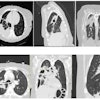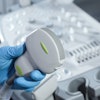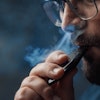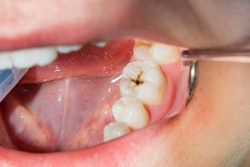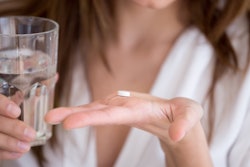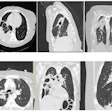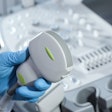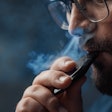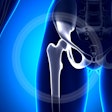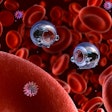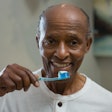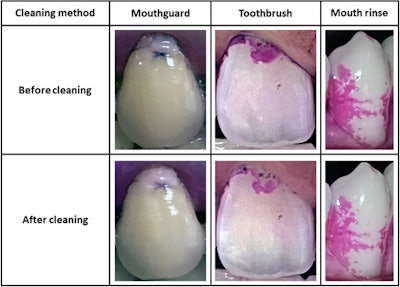
Though not as effective as toothbrushing, 3D-printed customized mouthguards that spray a micromist that remove plaque from the teeth and gums may be an option for some patients, according to a study published on May 16 in the International Dental Journal.
While the handheld device is connected to air and water channels, a minimal amount of water creates microscale mists that directly hit dental plaque at the gumline. The mouthguard may be especially useful for older patients and those with special needs who have trouble holding a toothbrush or brushing properly, the authors wrote.
“The toothbrush is still considered the most effective way to remove dental plaque, whilst the mouthguard provides an alternative for oral self-care when toothbrushing is not feasible,” wrote the authors, led by Dr. James Tsoi of the division of applied oral sciences and community dental care at the University of Hong Kong.
Some older adults, people with injuries, and those with disabilities may not have the dexterity or the understanding to properly clean their teeth using common oral hygiene tools, including toothbrushes and dental floss. Specialized devices that don't require a person to hold them can be a major benefit to people within these populations.
The clinical trial was conducted in 55 patients with an average age of 68. Custom mouthguards were made based on patients’ intraoral images.
Researchers investigated the effectiveness of the mouthguard in removing plaque from the patients' teeth and gums. The 3D-printed injection mouthguard used a micromist containing microdiameter water drops that exhibited lightweight and high kinetic energy to clean the teeth and gums.
During the trial, the patients were told not to brush their teeth eight hours before they were given the mouthguards. Patients rinsed with water to remove debris.
Next, a liquid was applied to dye any plaque, and then, power rinsing was applied to remove extra staining. Researchers used the Turesky Modification of the Quigley-Hein Plaque Index (TMQHPI), which evaluates plaque on the teeth’s buccal and lingual unrestored surfaces, to explore the level and rate of plaque formation on tooth surfaces, recorded the results, and took intraoral photos.
Then, the participants used the mouthguards to clean their teeth. TMQHPI results were recorded, and intraoral photos were taken after the cleanings. The plaque removal rate was calculated based on TMQHPI and the intraoral photos, also known as the pixel-based method, the study's authors wrote.
When the results from wearing the mouthguard were compared with the effectiveness of toothbrushing or using a mouth rinse, TMQHPI results revealed that plaque removal rates were lower than 30% for all three cleaning methods. When comparing the intraoral images of each method, researchers saw clearly that the dye that was applied became lighter after using the mouthguard or toothbrush. This finding indicated that there was less plaque accumulation after cleaning, they wrote.
Using TMQHPI, the overall plaque removal score was about 8% with the mouthguard, approximately 28% when a manual toothbrush and water were used for 15 seconds, and 0% when 15 mL of a rinse was used for 30 seconds. Using the pixel-based method, the plaque removal score was about 36% with the mouthguard, approximately 73% with the toothbrush, and about 18% with the mouth rinse, the authors noted.
Although the study had no limitations, future research should be done to test the antibacterial properties of the 3D-printed materials used, they wrote.
“(Nevertheless,) the device can clean all the teeth simultaneously using a simple insertion procedure while older adults and especially disabled people can benefit from this device with minimal, if any, manual brushing,” Tsoi and colleagues wrote.

